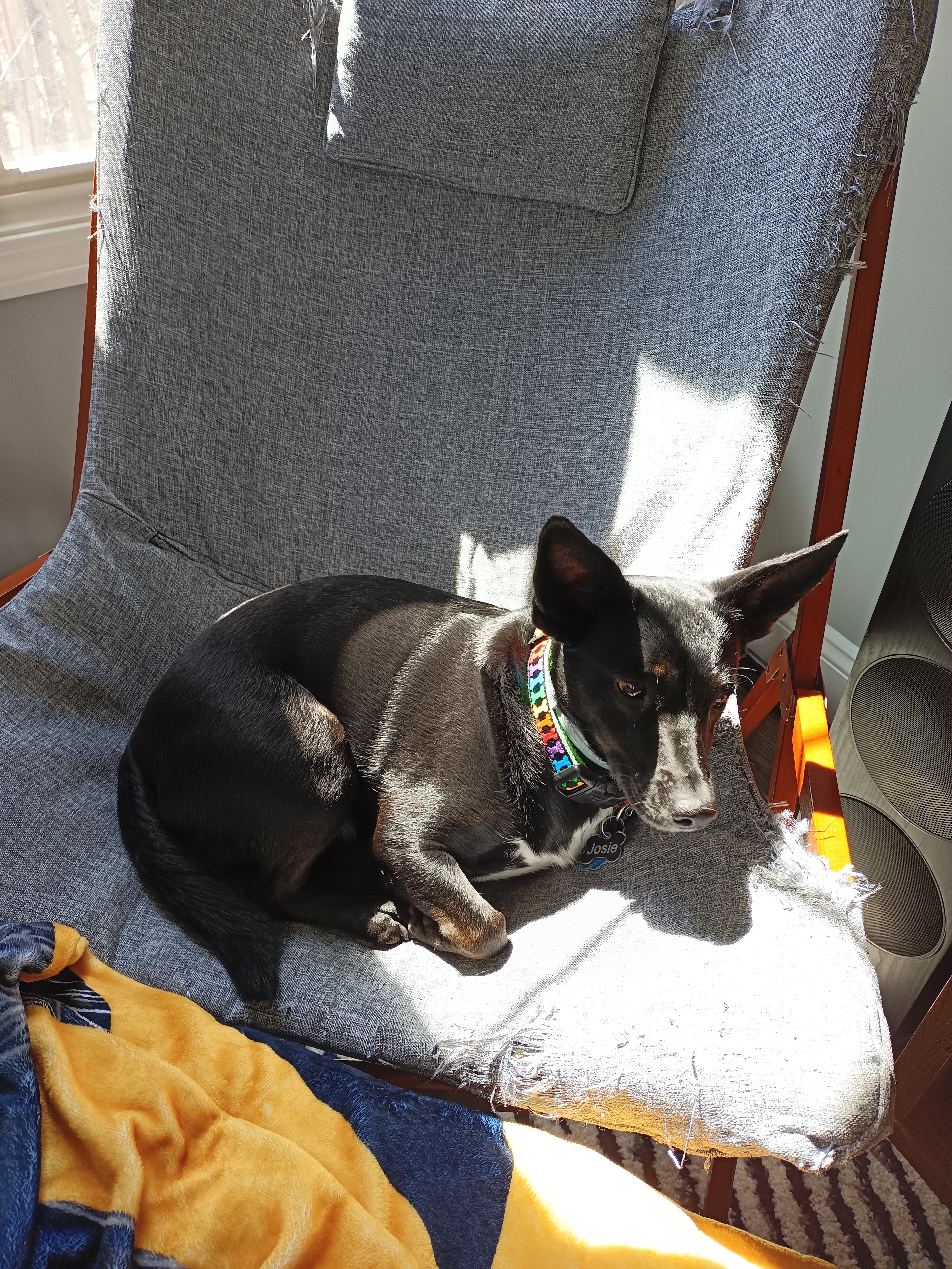The budget smartphone space is a real battlefield right now. From the Samsung Galaxy A53 to the OnePlus Nord N20 5G and a lot more, people have more choice than ever if they’re looking to save money and still get a great phone. So it got me thinking: What’s it like to use a cheap smartphone for an extended period of time?

Recently, I’ve been tasked with reviewing a few low-cost smartphones and have been surprised at just how few corners they cut these days, in particular the $300 Blu F91 5G and the $350 Moto G 5G, so I chose them for my experiment. Here’s how it went down.
Displays and design
Something I’ve found interesting recently about smartphones is just how adventurous many budget manufacturers are getting from a design perspective. The Blu F91

Then there are the displays. The Blu F91 sports a surprisingly rich 6.8-inch, 1080-by-2460 pixel display with 395 pixels-per-inch (ppi) density and a truly impressive level of brightness. The Moto comes with a 6.5-inch, decidedly lower-resolution 1600-by-720 (269 ppi) screen that just looks softer and less vibrant to my eyes. Now before I give the win to Blu, Moto has chosen to add a 90Hz refresh rate to its display, which looks really smooth when in use. But, thanks in part to a higher-end processor on the Blu (which I’ll get into in the next section), the F91 is just a better display. To be fair, both lack color accuracy and you won’t get a truly flagship experience here, but these phones are really nice to use, nonetheless.
Winner: Blu F91
Processing, speed, and cameras
Both of these phones are 5G-capable on most major carriers, though it’s important to note that only the Moto G
Then there’s the camera system. I’m constantly surprised at just how many cameras budget Android phones throw at you — which makes sense when you figure just how important this category has become in the
But in this particular battle, Moto seems to have done just a bit better with the software. I found that the Blu photos, though detailed, look less natural, and the Moto’s images, particularly from the wide-angle lens, look far richer.
Winner: Tie
Battery life
I’m giving the battery life of these phones its own section, because I think it’s a real differentiator. When I reviewed the Blu F91, I noted that there really aren’t many trade-offs with this phone. But when I spent some one-on-one time with the Moto, the battery life was really the standout feature. The 5,000mAh battery on the Moto G routinely delivered almost two days of reliable use on a single charge, which is impressive considering the amount of time I spent watching videos, taking pictures, and running benchmarks for these reviews.
The Blu F91 is no slouch, but its 5,00 mAh battery just couldn’t quite keep up with the larger, brighter display, and needs a nightly charge without fail. It is worth noting that the Blu is capable of 18 watts charging over the Moto’s max 10W, but I have to give this category to Motorola.
Winner: Moto G
Extras: What you get with your phone
One of the impressive things about the Blu F91

Some of this might be smoke and mirrors on the part of Blu to distract from some of the F91’s shortcomings, but I can’t help but wonder how far it would go toward convincing me to love the Moto G
Winner: Blu F91
Conclusion: Should you buy either of these?
While I did miss premium build quality, nicer cameras, and more vibrant OLED tech you find on a flagship phone, none of that prevented me from using either of these devices in the same way that I would normally.
In general, I found video to be much better on the Blu F91
While I think either is a solid choice, from a practicality perspective, I’d probably go with the Moto G











